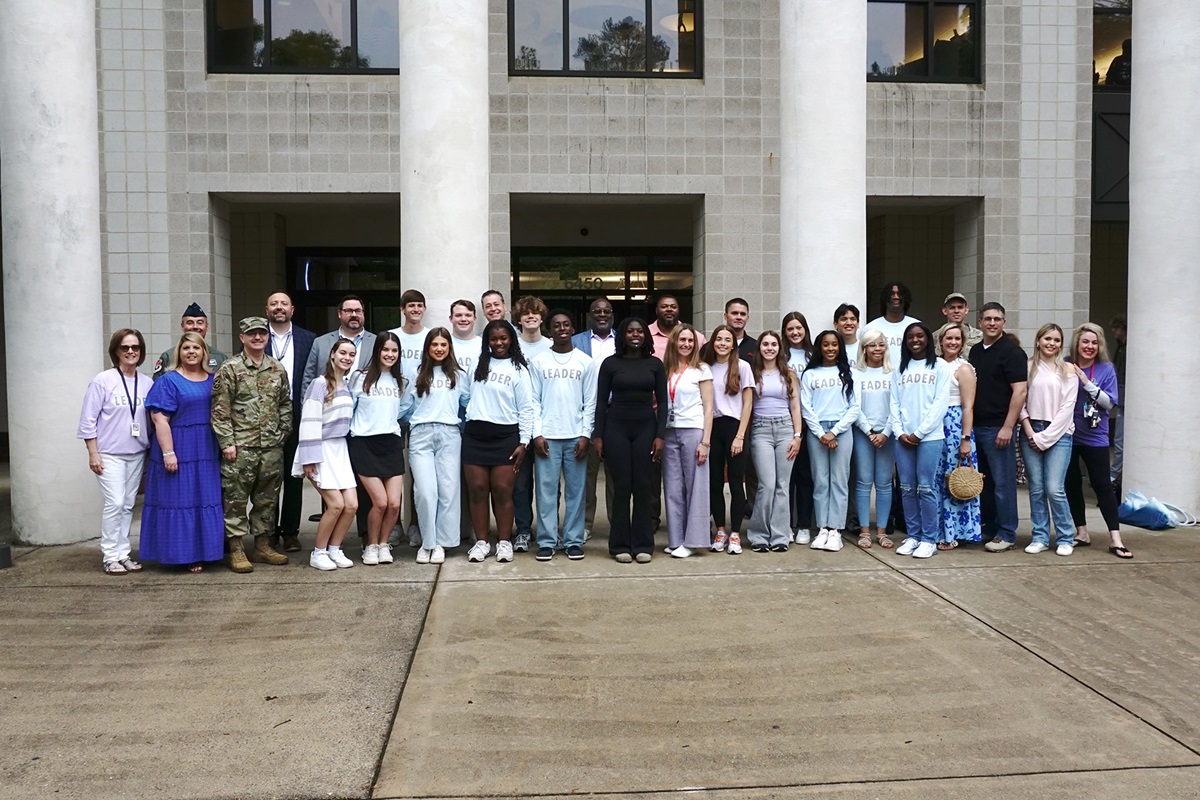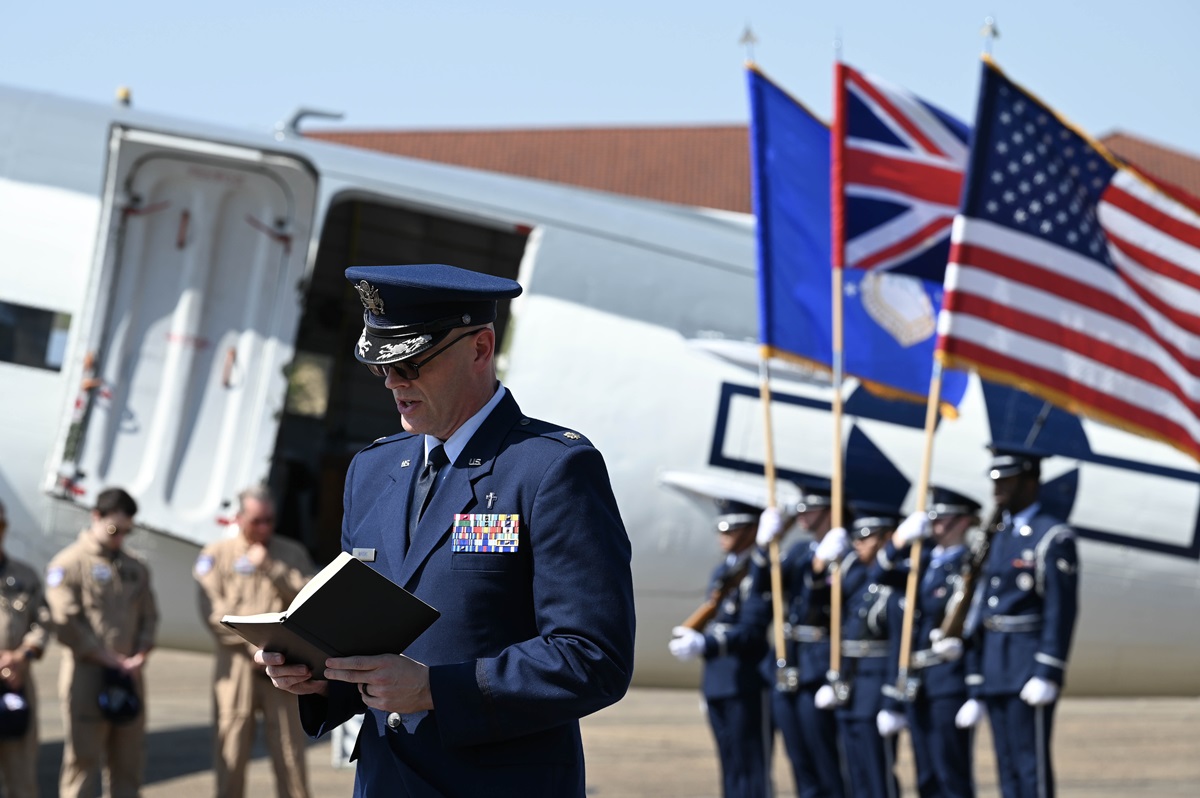UAB offers golfing safety tips, injury prevention
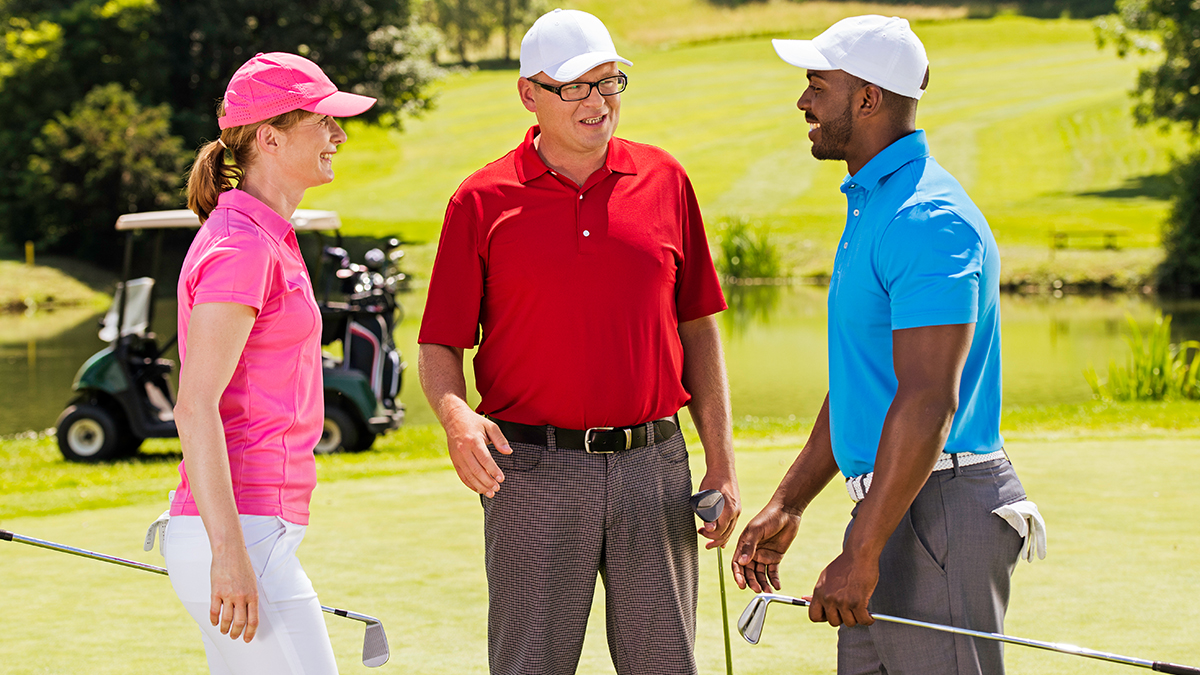
Stay safe while playing and viewing golf this season. (Getty Images)
Golf season is in full swing, and while golf is a relatively safe sport, injuries can still happen. Experts at the University of Alabama at Birmingham say that, by following a few simple tips, golfers can reduce their risk of injury.
Some of the most common injuries UAB Sports and Exercise Medicine physicians see in golfers include lower back pain and injuries of the elbows, shoulders, wrists and knees. These injuries are often caused by twisting motions, repetitive strain and overuse.
“Some of the risk factors we see that increase your chances of being injured include limited flexibility, poor conditioning and strength, previous injuries, older age, poor technique, inadequate warm-up, intermittent play and poor ground conditions,” said Dr. Amit Momaya, chief of Sports Medicine in the UAB Department of Orthopaedic Surgery.
Preventing injuries
“To prevent golf injuries, golfers should be sure to have a proper warm-up technique, work on proper swing mechanics and focus on exercises that strengthen their core and flexibility,” Momaya said.
Before playing, Momaya recommends doing some static and dynamic stretching, including shoulder stretches, forearm stretches, quad and hamstring stretches and Achilles tendon stretches.
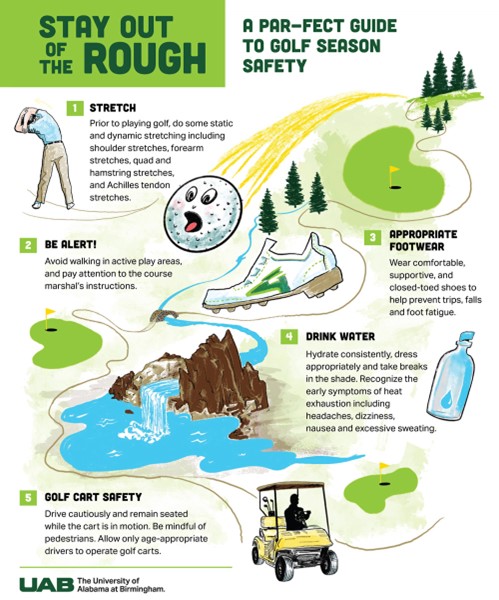
(Jody Potter / UAB)
While minimizing injuries to players on the course is a primary focus of UAB Sports and Exercise Medicine physicians, it is equally important to consider the safety of spectators on the course during golf tournaments. During play, Dr. Steven Brown, chief of Sports Medicine in the UAB Department of Family and Community Medicine, says it is important that players and spectators stay aware of their surroundings.
“Golf balls can travel at high speeds, and stray shots happen,” Brown said. “Always be alert, avoid walking in active play areas and pay attention to the course marshal’s instructions.”
Brown said patrons should wear comfortable shoes such as supportive, closed-toe shoes to help prevent trips, falls and foot fatigue, and follow tournament guidelines and crowd control measures.
“Courses have designated paths and spectator zones for a reason,” Brown said. “Stick to these areas to avoid interfering with play or putting yourself in danger.”
Preventing heat-related illnesses
Spending hours outdoors in warm conditions can increase the risk of heat exhaustion or heat stroke. Brown advises golfers and spectators to:
- Hydrate consistently – Drink water or electrolyte-replenishing beverages frequently, even if you do not feel thirsty.
- Dress appropriately – Wear light-colored, moisture-wicking clothing to help regulate body temperature.
- Take breaks in the shade – If a player or spectator starts feeling dizzy or fatigued, find a shaded area or clubhouse to cool down.
- Recognize early symptoms – Headaches, dizziness, nausea and excessive sweating can be early signs of heat exhaustion. If players experience these, they should stop playing immediately and seek cool shelter.
The team at UAB Sports and Exercise Medicine specializes in the evaluation, management, rehabilitation and prevention of injuries for athletes and non-athletes of all ages.
Golf cart safety
Golf carts are commonly used on courses for transportation, but they can also pose safety risks. Brown offers these essential tips:
- Allow only age-appropriate drivers – Golf carts should be operated only by licensed or designated drivers who understand safety protocols. Many accidents involve young, inexperienced drivers.
- Drive cautiously – Maintain a safe speed, avoid sharp turns and be extra careful in crowded areas.
- Remain seated while the cart is in motion – Passengers should always stay seated with hands and feet inside the cart.
- Be mindful of pedestrians – Always yield to foot traffic and avoid driving too close to crowded viewing areas.
What to do if injured
Momaya says that, while treatments for golf injuries differ based on the extent of the injury, many golf injuries can improve through resting and elevating the extremity, applying ice and taking anti-inflammatory medications.
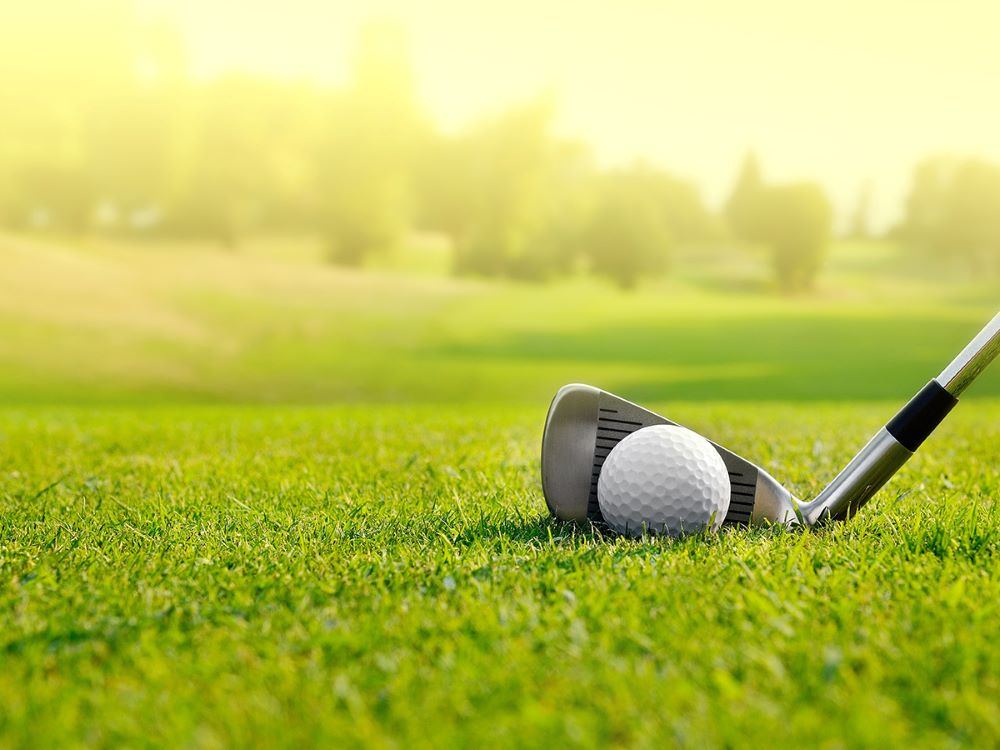
UAB Sports and Exercise Medicine is the official medical partner of the Regions Tradition presented by Coca-Cola. (Jody Potter / UAB)
“If pain persists and you do not see any improvements after using these methods, make an appointment with a board-certified sports medicine doctor to get evaluated with proper imaging and obtain a diagnosis,” Momaya said.
“Playing in and attending golf tournaments are exciting ways to experience the sport, but safety should always be a priority,” Brown said. “By staying hydrated, being mindful of their surroundings and following course regulations, golfers and spectators can enjoy the event while minimizing risks.”
Regions Tradition
“UAB Sports and Exercise Medicine is proud to serve as the official medical partner of the Regions Tradition presented by Coca-Cola, ensuring that both players and fans have access to top-quality medical care throughout the tournament,” Brown said.
UAB Sports and Exercise Medicine will provide comprehensive medical coverage for PGA Tour Champions players, caddies and patrons throughout all five days of the tournament at designated locations. In collaboration with UAB Medicine, the team will have a wellness tent, offering wellness tips and educational content to help attendees stay healthy during tournament week and prepare for the summer season. Alongside the wellness tent, mothers can enjoy the family station, a comfortable space to breastfeed, pump and care for their little ones.
“We are thrilled to have UAB Medicine as our official sports medicine partner,” said George Shaw, tournament director of the Regions Tradition. “Their expertise and commitment to community wellness bring an added level of care and comfort to everyone involved in the event, from the athletes to the fans.”
This story originally appeared on the University of Alabama at Birmingham’s UAB News website.
